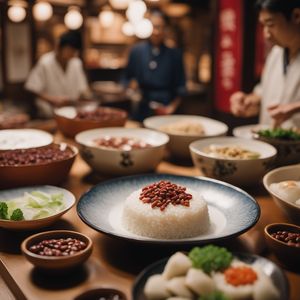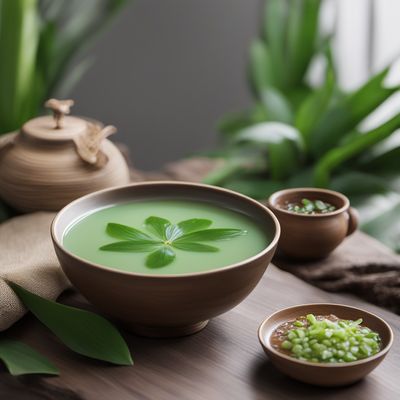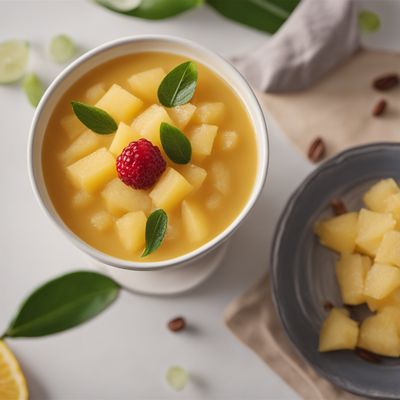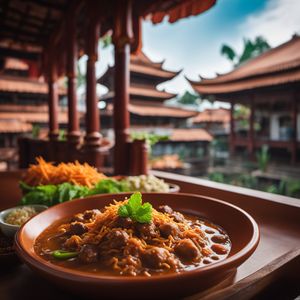
Dish
Nata de coco
Nata de coco is made by fermenting coconut water with a bacterial culture until it forms a gel-like substance. The gel is then cut into small cubes and sweetened with sugar syrup. Nata de coco is often served with fruit cocktail or shaved ice.
Origins and history
Nata de coco is believed to have originated in the Philippines during the Spanish colonial period. It was introduced by the Spanish, who brought the bacterial culture used to ferment the coconut water from their colonies in South America. Nata de coco is now a popular dessert in the Philippines, and is often served at parties and special occasions.
Dietary considerations
Nata de coco is low in calories and fat, and is suitable for vegetarians and vegans. It is also gluten-free and dairy-free, making it a great dessert option for people with food allergies or intolerances.
Variations
There are many variations of nata de coco, including the buko pandan nata, which is flavored with pandan leaves and coconut milk. Another variation is the mango nata, which is made with fresh mango juice.
Presentation and garnishing
Nata de coco is often served in colorful bowls, and is garnished with fruit cocktail or shaved ice. It can also be garnished with fresh fruit or mint leaves.
Tips & Tricks
To make the perfect nata de coco, it is important to use fresh coconut water and the right bacterial culture. The gel should be cut into small, uniform cubes, and should be sweetened to taste.
Side-dishes
Nata de coco can be served with a variety of side dishes, including fruit cocktail, shaved ice, or condensed milk. It is also delicious on its own.
Drink pairings
Nata de coco pairs well with a glass of cold water or fruit juice. It is also delicious with a cup of hot tea or coffee.
Delicious Nata de coco recipes
More dishes from this category... Browse all »

Aamras
Indian cuisine

Aasmi
Indian cuisine

Agra petha
Indian cuisine

Aiyùbīng
Taiwanese cuisine

Ajdnek
Slovenian cuisine

Akafuku
Japanese cuisine

Akanés
Greek cuisine

Akumaki
Japanese cuisine


